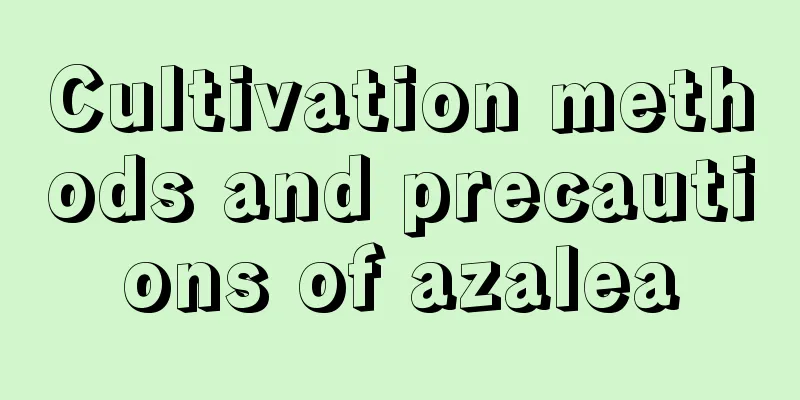How to grow sweet potatoes

1. Maintenance methods1. Temperature: Sweet potatoes prefer a warm growing environment, and the temperature must not be too low, so greenhouses are generally chosen for winter cultivation. The normal temperature is controlled between 22 and 25 degrees. The temperature cannot be lower than 15 degrees. If it is lower than 10 degrees, frostbite will occur. The temperature in summer should not exceed 38 degrees. 2. Watering: Sufficient water needs to be provided when the seedlings are young, which can promote the growth rate of the plants. At the same time, sufficient water must be maintained during the growth period. However, during the rainy season, drainage must be done well to avoid water accumulation and root rot, which greatly reduces the yield of tubers. 3. Light: Sweet potatoes are light-loving plants, and sufficient and warm sunlight is most suitable for them. It can make the stems grow rapidly, accumulate sugars, and be more nutritious. The strong light in summer can also be absorbed well. If there is not enough light, the growth of the plant will be affected to a certain extent, the fruit will not be very strong, and the number of tubers will also be reduced. 4. Fertilization: The growth of sweet potatoes cannot be separated from fertilization, and it needs to be fertilized from time to time, mainly with nitrogen, phosphorus and potassium compound fertilizers. However, it should be noted that sweet potatoes like potassium fertilizers the most, so when fertilizing, pay attention to the proportion, and the proportion of potassium fertilizers should be the largest. 2. Breeding techniques1. Reproduction: Raising seedlings is the main way to grow sweet potatoes. When raising seedlings, you need to choose sweet potatoes of good varieties, and the weight of each potato should be about 100 grams. The planting distance should not be too close, and it should not be buried too deep, otherwise it will affect its germination. Then keep the ambient temperature between 25 and 30 degrees. When the seedlings grow about six leaves, you can cut them and plant them. 2. Pruning: No pruning is needed because the stems are what you want in the end. It has little effect on its branches and leaves, and has no ornamental value. 3. Problem diagnosis and treatment1. Disease: Black spot disease will occur, which will cause spots on the stems of the plant, thus affecting normal sales and consumption. It can be controlled and prevented with carbendazim solution. 2. Pests: The fall armyworm will appear, which will also affect the final fruit. You can spray a dichlorvos solution to prevent and control it. IV. Other issues1. Toxicity: It is non-toxic, edible and safe to breed. 2. Can it be raised at home: Not suitable. As it is an agricultural crop, it is best to raise it in the countryside. |
<<: How to grow rough rib grass
Recommend
Can hydrangeas winter outside?
Hydrangea, also known as hydrangea and purple hyd...
What to do if the small ball rose grows too long
Causes of Lean Growth Lack of light The reason wh...
The correct way to eat chia seeds to lose weight, what are the effects of eating chia seeds on an empty stomach in the morning
1. The correct way to eat chia seeds to lose weig...
What is the best fertilizer for blueberries?
Blueberry fertilization time 1. Blueberry fertili...
Can succulents be grown with nutrient soil and river sand?
Can succulents be grown with nutrient soil and ri...
What should I do when Zi Chi Nian Hua blooms?
Signs of flowering The flowers of Zichi Nianhua a...
How to breed the succulent Butterfly Dance and what to pay attention to
How to breed succulent butterfly dance There are ...
When is the best time to prune camellia?
Camellia pruning effect Pruning camellia can make...
Fruit tree planting management guide in March
The temperature will gradually warm up in March, ...
Can I water the Christmas cactus after transplanting?
1. Can I water it? Whether Christmas cactus can b...
Cherry tomatoes planting time and method
Cherry tomato planting time It is necessary to ch...
How many days does it take for green onions to sprout?
How long does it take for onions to sprout? Scall...
Why is Mimosa shy? Pictures of Mimosa
1. Why is Mimosa shy? Mimosa closes its leaves wh...
Cultivation methods and precautions of yellow hair palm
1. Maintenance methods 1. Potting soil: The adapt...
Feng Shui Effects of Fiddle-Leaf Ficus
1. Feng Shui Effect In Western countries, the fig...









